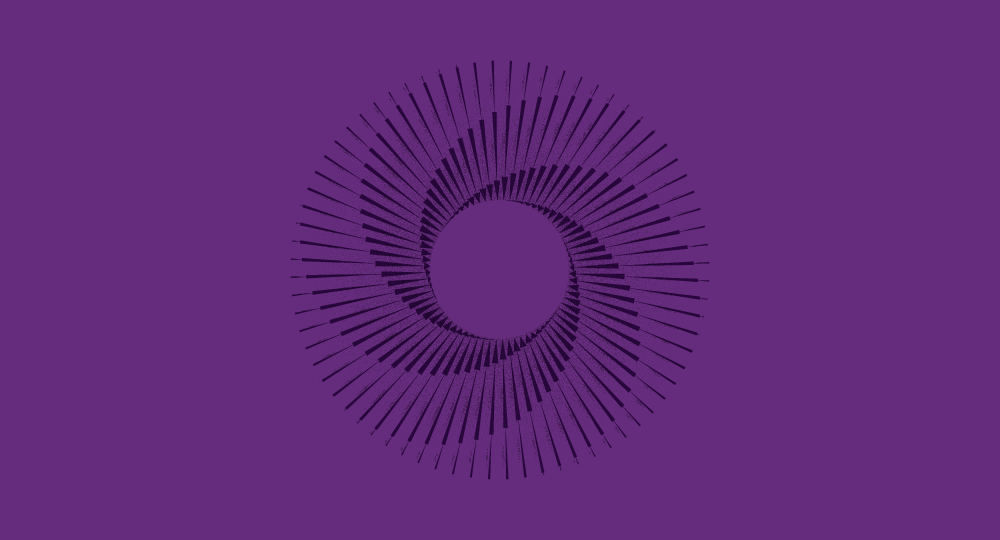It’s fun to compare things now versus a decade ago. American life has changed over the last 10 years. TV shows have increased in popularity over movies, we commonly look up an address using navigation or with a quick browser search, and music is streamed these days over being downloaded.
The cancer registry field has changed and evolved over the last decade, too. In the spirit of remembering the cancer registry and all of the data we’ve collected over the years, let’s have a little entertainment with a “Then and Now: A Decade’s Look at Data Collection”.
Manuals:
Then: It was standard to own several paper manuals and hard copies of previous education meetings and conferences. The collaborative staging manual was so thick, if you placed a pen next to it vertically, it was ¾ as high as the pen!
Now: We have the EOD and the SSDI Manual, which has replaced the Collaborative Staging Manual. These are electronic and readily available, as well as most of the manuals that are now electronic, with the SSDI Manual now updated annually in September.
Pathology Reports:
Then: Pathology reports were printed by the pathology department and picked up or faxed daily. They were then sorted by the cancer registry as part of the casefinding process to determine if each pathology report was reportable or non-reportable. If it was reportable, the case was manually entered into the software as a suspense case, and some cancer registrars had partial electronic sources for medical information.
Now: Pathology reports are taken from the electronic medical record and many cancer registries use an electronic path system to enter the suspense cases into the software.
Remains the same: Pathological examinations are still the most accurate method of diagnosing cancer.
Staging:
Then: AJCC Staging forms were commonplace and routinely used by physicians. They were included in the AJCC 7th Edition Manual at the end of the chapters for each stageable site. These standardized forms consisted of the stage category definitions, clinical and pathological stage, as well as the anatomic stage/prognostic groups. Historically, since 1977, the AJCC would release an updated edition every 5-7 years.
Now: AJCC 8th Edition is the current edition that is available in paper and electronic format, and soon AJCC is moving towards versions. Most recently, version 9 of the Cervix Uteri was released with the future plan to release new chapters periodically and will no longer release complete manual editions.
Cancer Registry Software:
Then: Abstracting software used to contain roughly 150 entries of codes and text. This varies by software and what is voluntarily collected for the hospital.
Now: The number is now 240 entries of codes and text but continues to fluctuate depending on the cancer registry and their ties to any CoC accreditation, SEER reporting standards, or state report only guidelines.
Remains the same: The majority of the data items are still collected such as the Date of Diagnosis, Date of First Contact, Class of Case, with the same or similar staging and treatment data.
Obituary:
Then: It was commonplace for cancer registrars to check the newspaper obituaries of patients that matched in their software database. This source was used to update the abstracting software with the date of death.
Now: There are many online sources to search for a specific patient’s obituary that include legacy.com, findagrave.com, and tributes.com that are now used to update a patient’ case.
Working Space:
Then: Some cancer registrars worked in very small places with books on their laps and papers on the floor.
Now: While there are still cancer registrars who remain on location in the medical record department, office building, or other areas on location full-time, more cancer registrars are transitioning to remote work either partial or full-time off-site.
Remains the same: Cancer registrars are still immersed in the details of our manuals, no matter where we are physically located.
Cancer registrars still remain committed to collecting accurate cancer etiology, diagnosis, staging, and treatment data but now it’s easier to connect as a community vs 10 years ago. What are some other differences you have noticed then vs now?
How has the world changed in the last 10 years? – MVOrganizing





